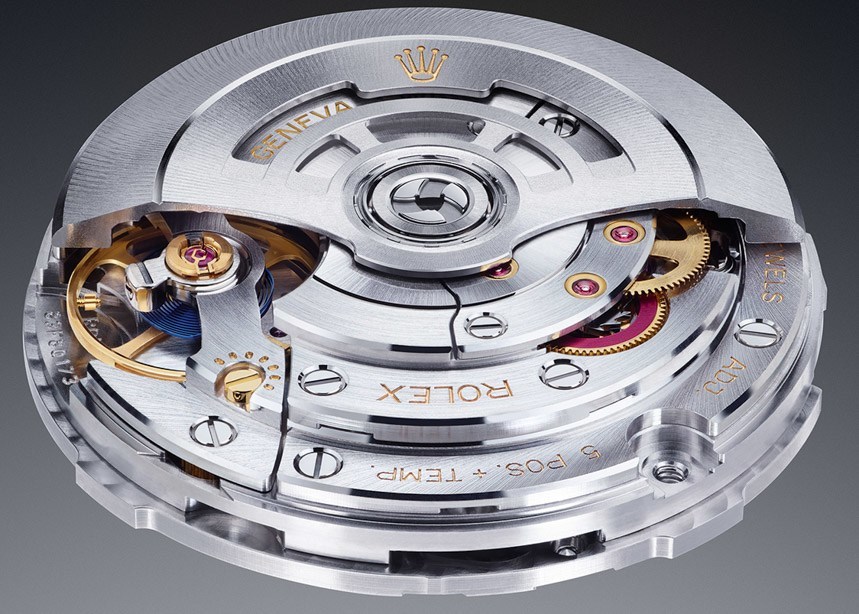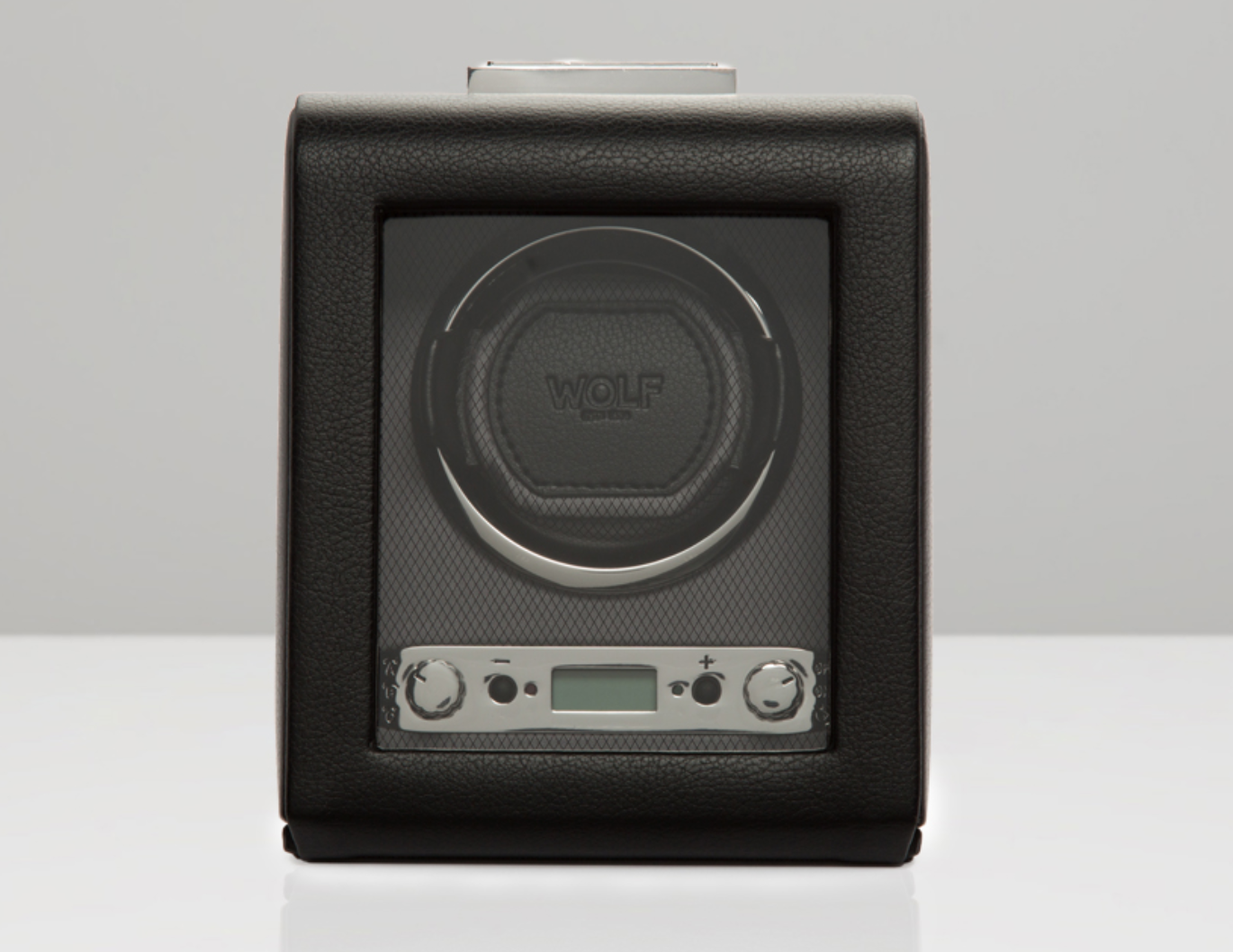TrueFacet Education: Automatic Watches 101

image via watchreviewblog.com
Mechanical Movements
Unlike quartz watches, mechanical watches don’t use a battery to power the movement. They are either manually wind by hand daily (Manual) by turning a knob on the side of the watch (Crown) or are self-wound by a swinging weight (rotor) while being worn.
In essence, a mechanical watch is powered by a tightly wound coil (Mainspring) that slowly releases energy as it unwinds. This energy is transferred to the rest of the movement to power the hands that tell time and any other complications of the watch including the date or chronograph. Each part of the watch plays an important role in controlling the speed, tension and energy stored by the mainspring.
A series of gears (Geartrain) transfers energy from the mainspring to a toothed wheel and lever mechanism (Escapement). The escape wheel releases the energy at equal intervals to a pivoting escapement lever. The pivoting of the lever is controlled by a weighted wheel (Balance Wheel) connected to very fine coil (Hairsping) that “beats” back and forth at a steady rate anywhere between 18,000 and 36,000 times per hour.
To reduce the friction of the moving parts, synthetic rubies (Jewels) are added where parts come into contact with each other and in the center of wheels. Lubricant is also added to the entire movement to extend the life of the movement and its parts.
Wearing Your Automatic Watch
Depending on how often you wear your watch and how active you are when you do wear it, you may need to wind the it 1-2 times per week to maintain sufficient power reserve. This is especially true with older watches. When fully wound, most mechanical watches have a power reserve of between 36 and 42 hours. This timeframe is extended when being worn on an active wrist.
- Wind the watch off your wrist to minimize stress on the winding stem.
- Unscrew the crown by turning it towards you (if applicable).
- Gently pull the crown out 1 click to the winding position. The hands shouldn’t move while you turn it clockwise about 20-40 times.
- Remember to securely screw the crown back down properly against the case if applicable.
- Wear the watch to maintain power level.

image via Wolf Designs
The Truth About Watch Winders
When you keep your automatic watch in a watch winder, it will gently rotate the watch to keep the mainspring wound and running so it’s ready to go without needing to reset the date or time. Many people like the convenience and use their watch winder to display their watches when not in use, but it’s not a necessity for your watch collection.
Some experts say to avoid putting your vintage timepieces on a watch winder because they were not built to have their mainspring fully wound at all times and it could reduce the lifetime of the movement.
If you are interested in getting a watch winder, we like the ones by Wolf Designs. The company has been in business since 1834 and they will even install custom watch winders for your closet, wall, or safe.







